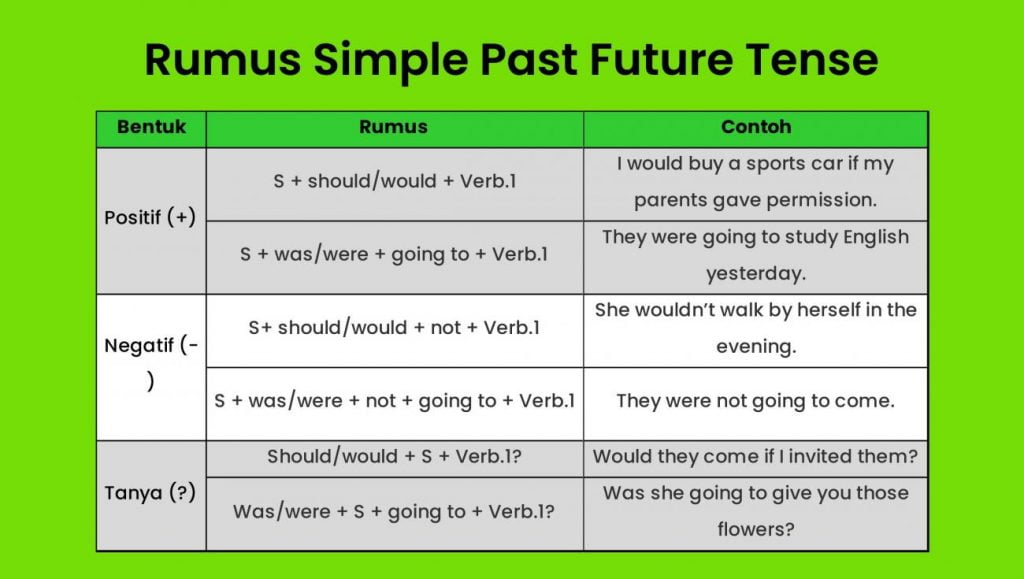
√ 9+ Contoh Past Future Tense Pengertian & Rumus [LENGKAP]
f t p Like simple future, future in the past has two different forms in English: would and was going to. Although the two forms can sometimes be used interchangeably, they often express two different meanings. FORM Would [would + VERB] Examples: I knew you would help him. I knew you would not help him. FORM Was/Were Going To

Simple Future Tense Verbs and tenses
A tense is the way we speak about time. In English, you can use the present tense (right now), the past tense (yesterday, last week and so on) and the future tense (tomorrow, next month and so on). To speak about the future in English, we mostly use the word "will.". This word helps change the main action verb to the future tense.

10 Sentences of Simple Present, Simple Past & Simple Future
The simple future is a verb tense that's used to talk about things that haven't happened yet. This year, Jen will read War and Peace. It will be hard, but she's determined to do it. Use the simple future to talk about an action or condition that will begin and end in the future. Here's a tip: Want to make sure your writing shines?
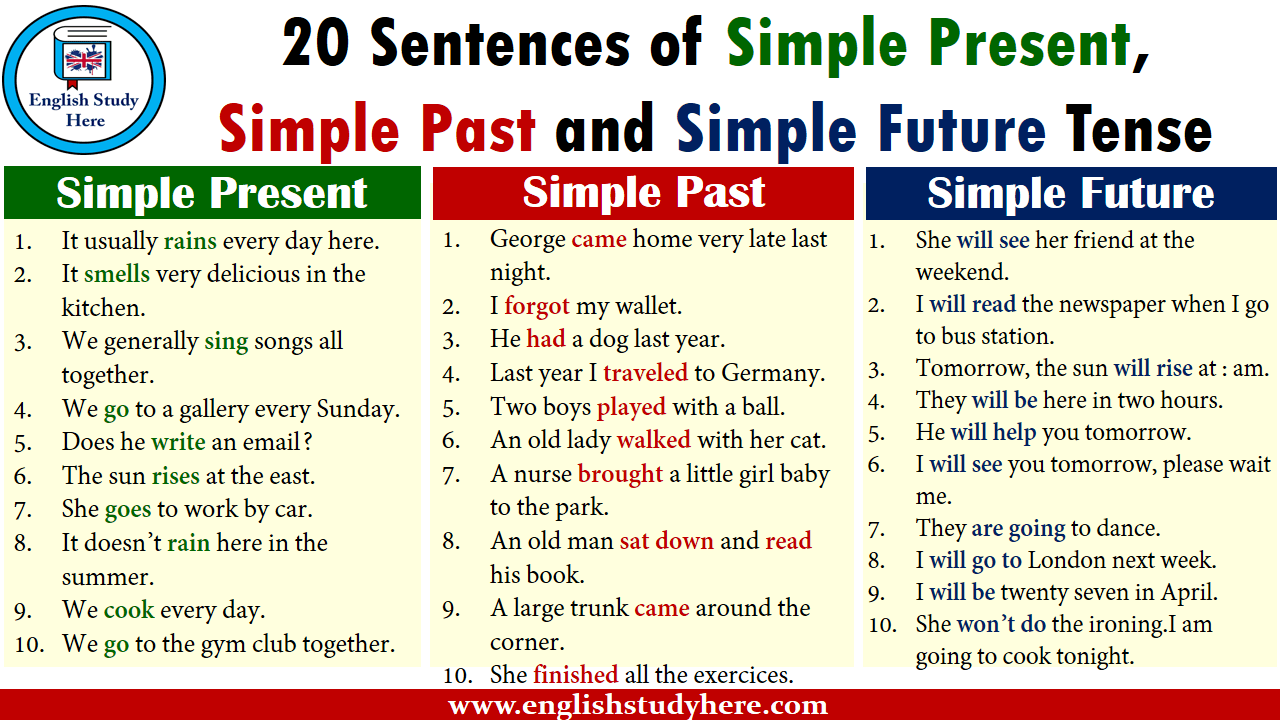
Write ten sentences on Each tense Simple(present, past, and future
Understanding Grammar: The future in the past In this week's Premier Skills English Podcast, Rowan, Rich and Jack are talking about their plans for the weekend and then how their plans are disrupted by bad weather. The language focus is on how we talk about the future in the past.

Present Tense Past Tense Future Tense IsaackruwArroyo
Chapter 5-8-13: Future in the Past. WHEN TO USE IT: The future in the past is used to discuss something in the past that you thought would happen in the future. It not important if you were correct or not or whether the action ultimately ended up happening. Use future in the past to discuss a plan or a promise that was made in the past.
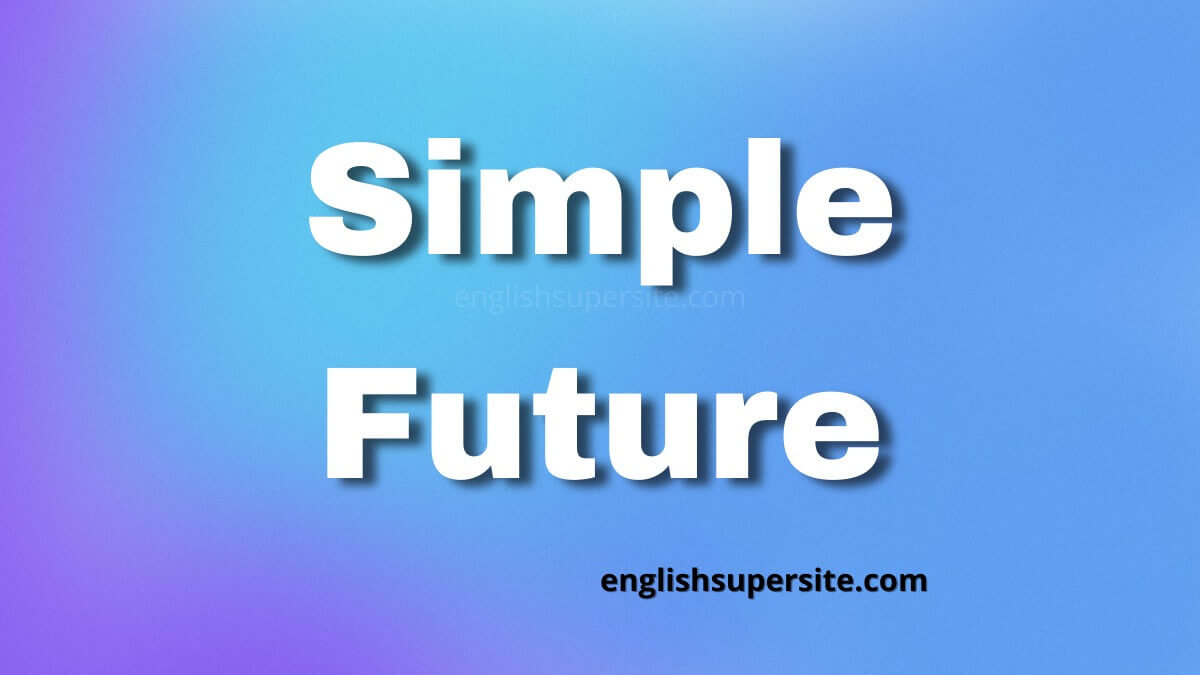
Simple Future English Super Site
The simple tense is the "simplest" way to express past, present, and future events. Present regular verbs are conjugated by adding "-s" to third person singular. Past regular verbs are conjugated by adding "-ed" to all verb forms. Future verbs are conjugated by adding "will" before the first person singular form of the verb.
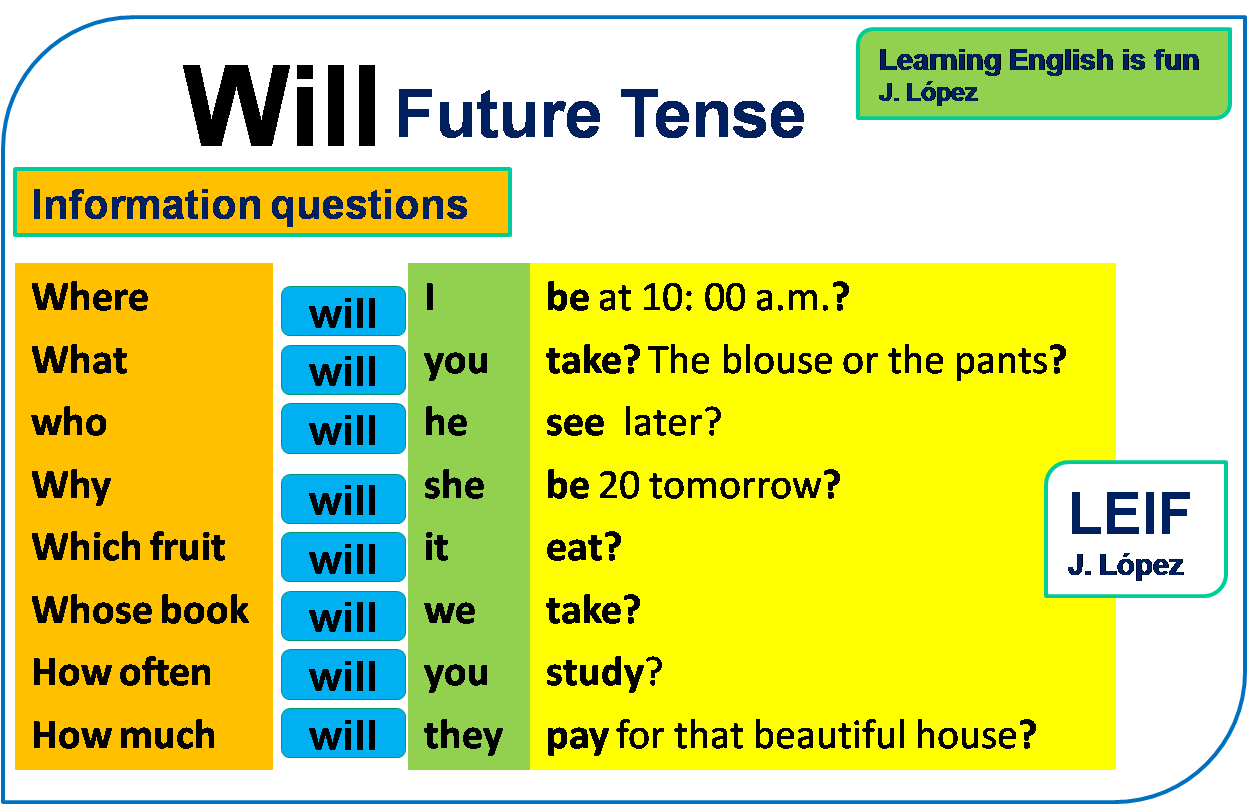
BASIC ENGLISH II Simple Future with "Will"
The Simple Past is a form of the verb that shows the action or state happened in the past. For example: Lisa danced yesterday. Click here for the full info, rules, examples and exercises on the simple past and how to use it.. Simple Future The Simple Future is a form of the verb that shows the action or state will happen in the future. For.

Present past future SIMPLE worksheet
2 Answers Sorted by: 4 He didn't know that we will soon buy a new house. [buzzer] He didn't know that we would soon buy a new house. [good] He didn't know we were going to buy a new house. [all past: good] He didn't know we intended to buy a new house. [all past: good] That's said, I would say:
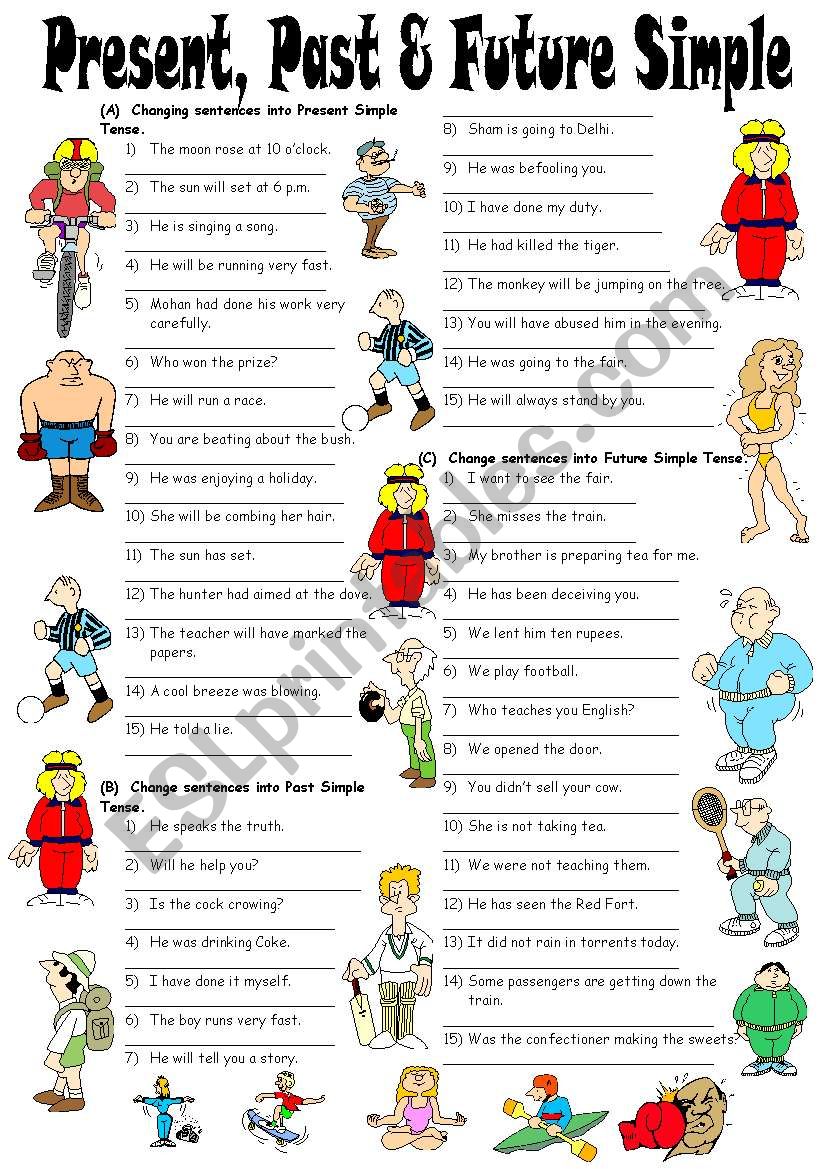
English Exercises Present Simple Past Simple Future Simple Gambaran
2032 online multiple-choice and fill-in-the-blank past future simple exercises across 101 tests provide a wide range of sentences to help you grasp the context and usage/formation of the past future simple tense (would).Prepare for exams, practice past future simple tense (would) online and verify your answers immediately. Expand your English grammar proficiency with interactive conditional.

stratiť príroda koláč dôkladný Porodiť strihať past present future
The future in the past follows similar rules as the simple future forms will going to and the continuous verb. Would is used to talk about a past future promise or prediction with no evidence. Was/were going to is used to talk about a past future firm plan, intention or a prediction with evidence.
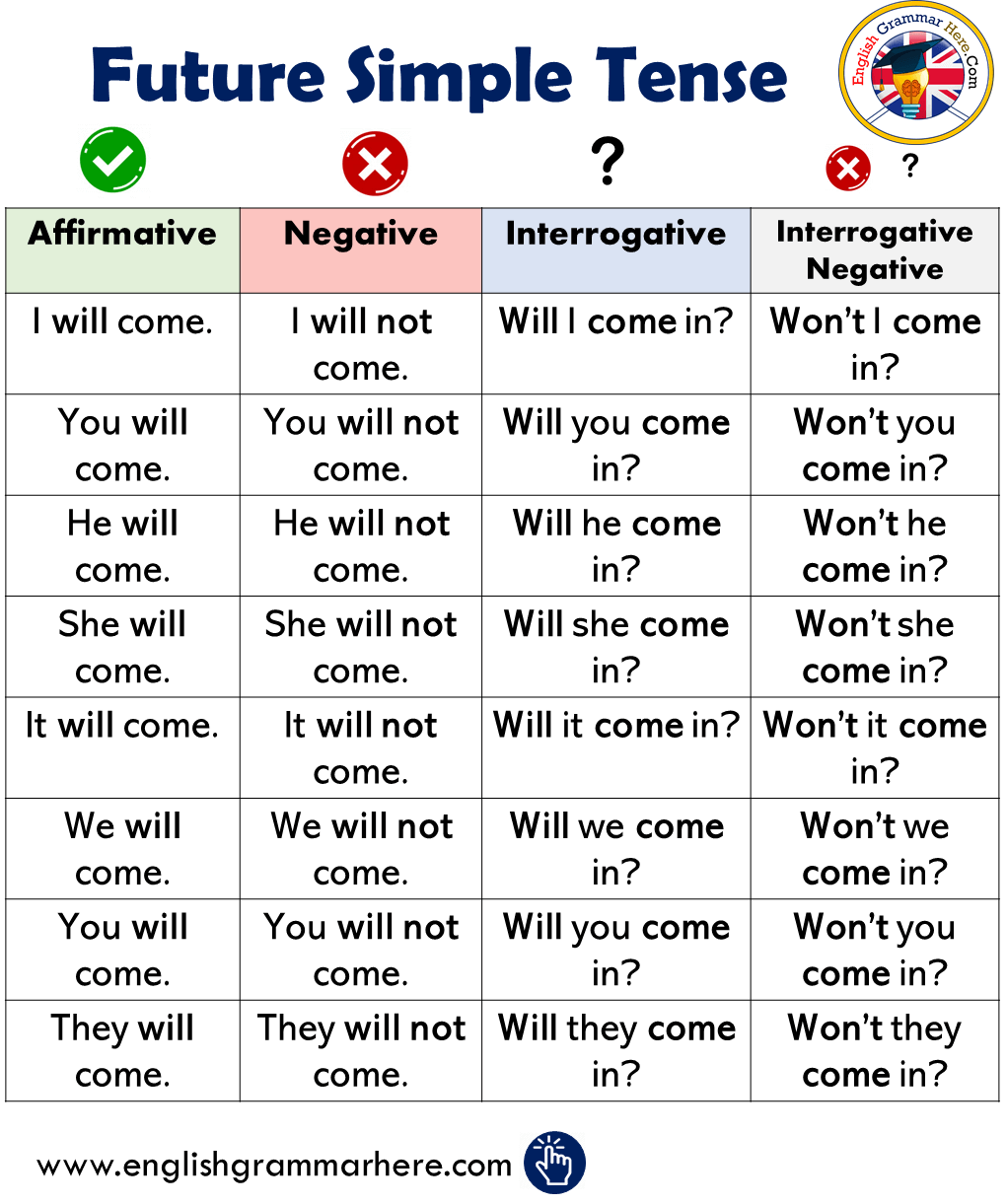
Future Simple Tense in English English Grammar Here
The future in the past is defined as: The concept of expressing the idea that, in the past you had a thought something would happen in the future beyond that thought, but now, that event is also in the past. Here's an example: I knew the dog was going to bark as soon as the mailman walked up.
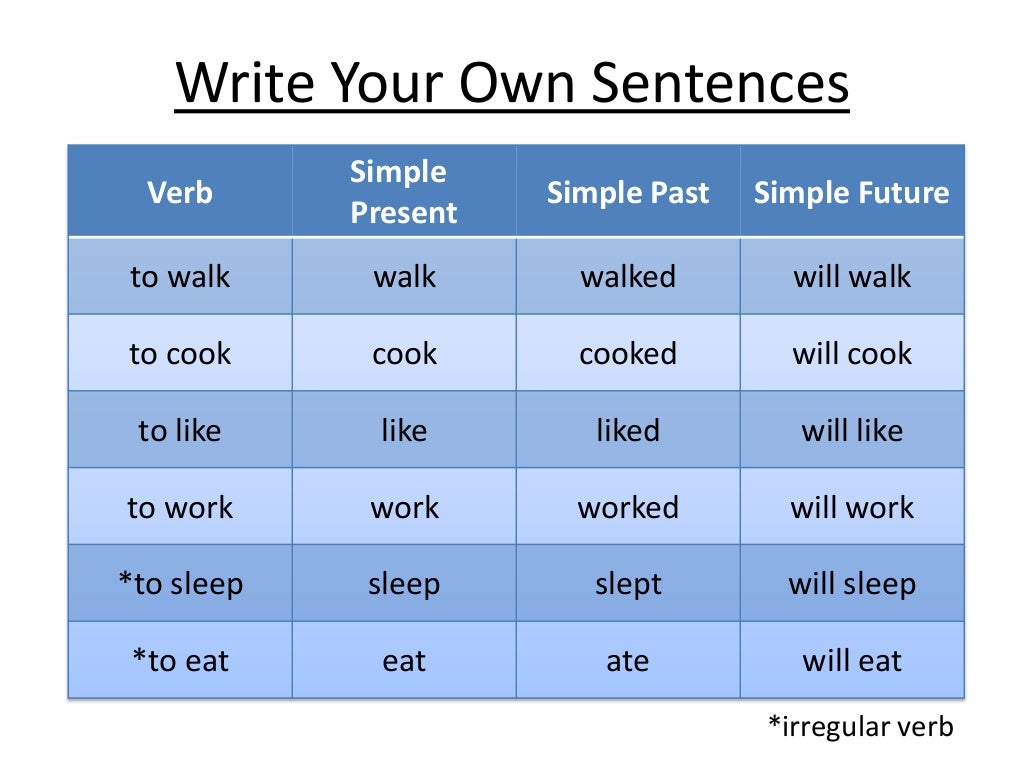
Simple present, past, and future tenses
Exercise 1 Choose the most appropriate form to refer to the future in the past to complete the sentences below. 1 I saw he had a gun, but I didn't think he . 2 I knew you the exam. You didn't make any effort! 3 I lost my passport the day before we for our honeymoon. 4 Sorry, I you today, but I forgot.
/Getty_future_in_the_past-168619593-56af9fbb5f9b58b7d01b2f58.jpg)
FutureinthePast Use in English Grammar
The Future Simple tense is often called the " will tense " because we make the Future Simple with the modal auxiliary will . How do we make the Future Simple tense? The structure of the Future Simple tense is: For negative sentences in the Future Simple tense, we insert not between the auxiliary verb and main verb.

Simple Future Tense Definition, Rules and Useful Examples • 7ESL
Past, present, and future tenses. The past, present, and future are the central divisions of time in English. The present represents actions happening now, while the past represents actions that happened earlier, and the future describes actions that will happen later. Simple tense. The simple tense is a grammatical aspect that refers to the.

Kalimat Nominal Simple Past Future dan Past Future Continous Dunia
1. This form is used to describe a future plan or intention relative to the time of speaking. 2. This form is often used when the anticipated event did not actually happen. 3. It is formed with 'was/were + going to + infinitive of the planned verb. ' Going to ' is used to talk about the future from the present moment: - The traffic is awful!
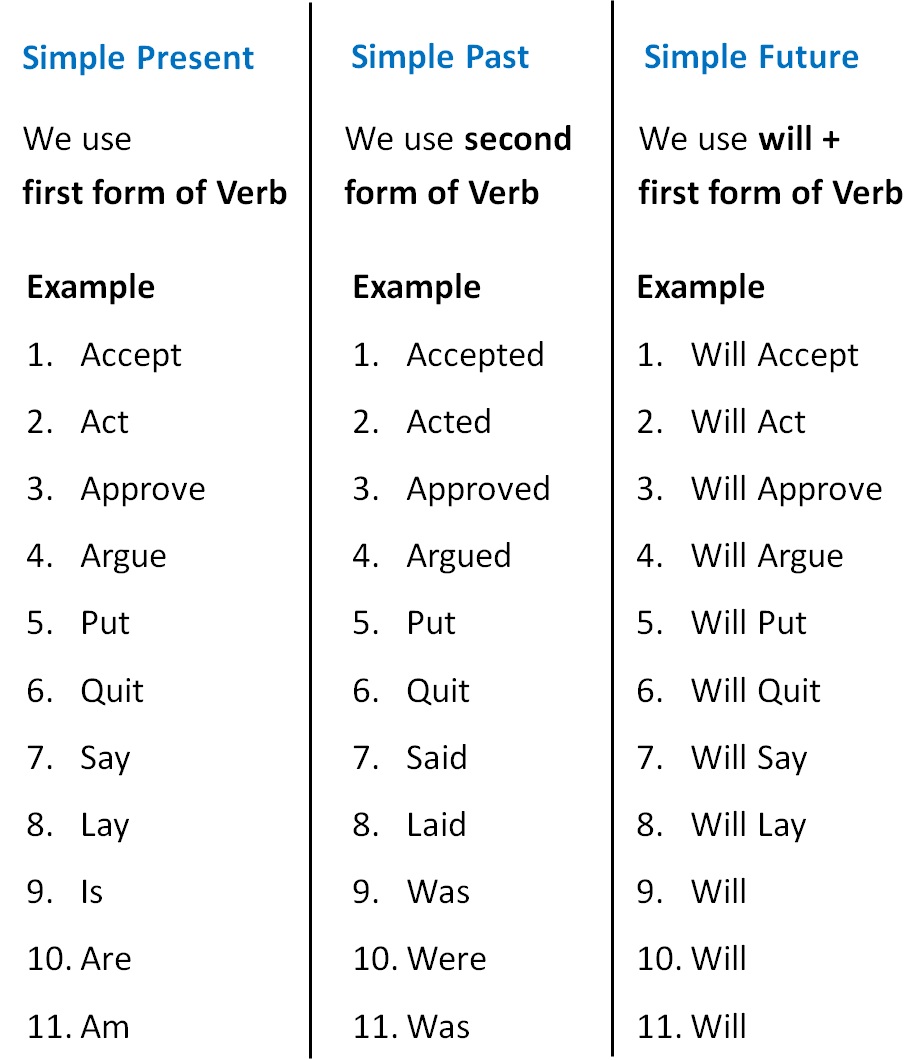
Simple Future Tense Verbs and tenses
What does Future in the Past mean? We use the Future in the Past to shape the future of the past. To show the future from the perspective of the past. Don't worry if you don't understand what I'm talking about. In fact, understanding the Future in the Past is not at all difficult. Take a look at an example: